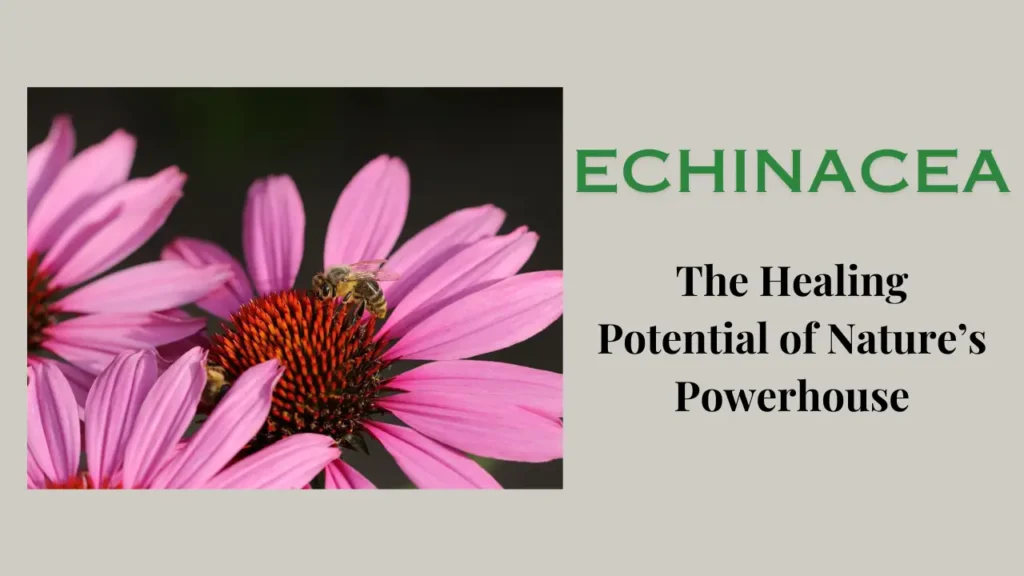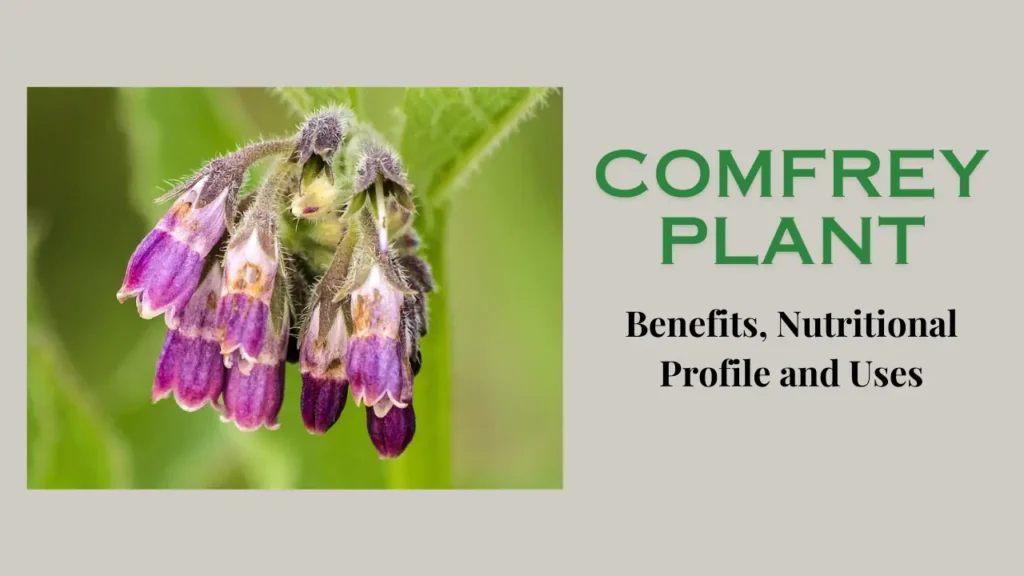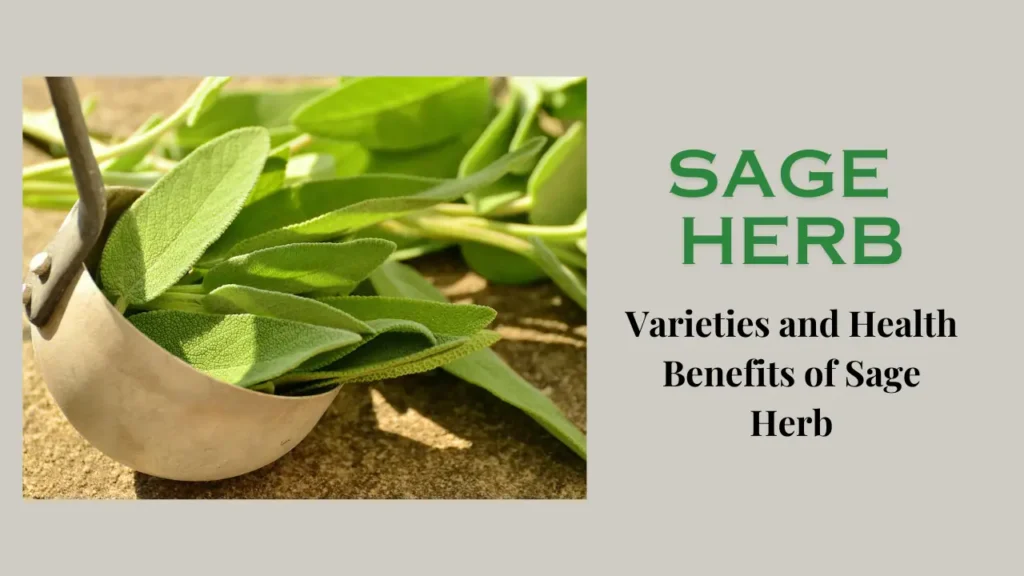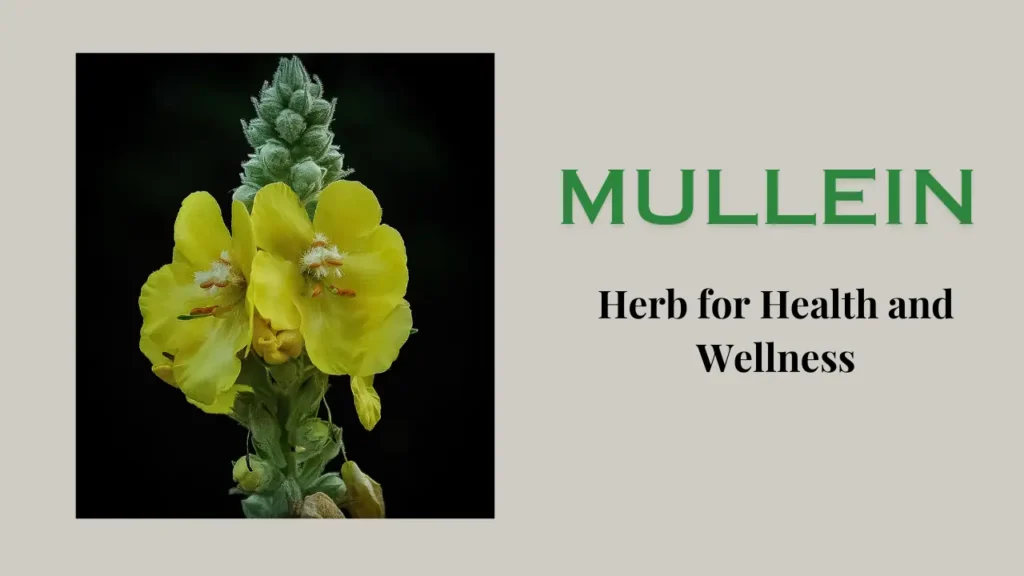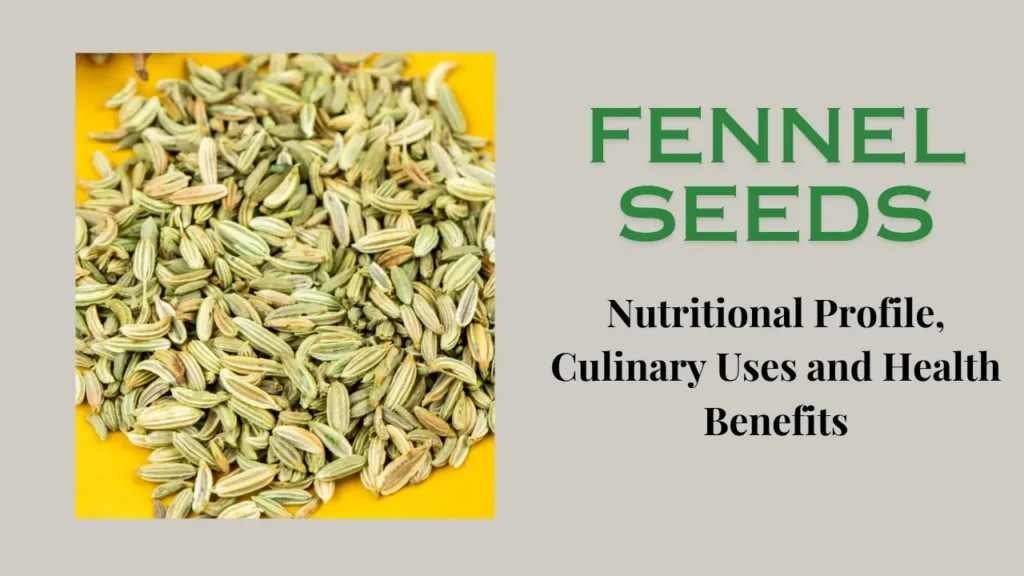Okra (Abelmoschus esculentus), also known as lady’s finger or bhindi, is a plant of the Malvaceae family that blooms and flowers in warm weather. Bhindi is a tall, erect herbaceous plant with lobed leaves and large, attractive yellow flowers with a darker center. Its sticky pulp is useful as a natural thickener in soups and curries, making it a popular ingredient in a variety of recipes. Here is an overview and floral formula of the plant.

Scientific Name: Abelmoschus esculentus
Some Basic Information about Okra (Abelmoschus esculentus)
Habit – Annual, erect, tall herb
Root – Tap root system
Stem – Erect, solid, herbaceous, cylindrical, branched, hairy
Leaf – Simple, alternate, petiolate, palmately lobed (5-7 lobes), stipulate, unicostate reticulate venation
Inflorescence – Solitary, axillary
Flower – Bracteate, pedicellate, complete, regular, actinomorphic, hermaphrodite, hypogynous, large, showy, yellow with a red or purple center.
Calyx – Sepals 5, gamosepalous, valvate aestivation, epicalyx present (7-12 segments)
Corolla – Petals 5, polypetalous, twisted (contorted) aestivation
Androecium – Stamens numerous, monadelphous (filaments united forming staminal tube), anthers dithecous, introrse
Gynoecium – Pentacarpellary, syncarpous, ovary superior, pentalocular, axile placentation, style simple, stigma 5-lobed
Fruit – Capsule (loculicidal), elongated (called pod)
Floral formula – Br Epik ⊕ ⚥ K(5) C5 A(∞) G(5)
Systematic Position:
Division – Phanerogamia
Subdivision – Angiospermae
Class – Dicotyledonae
Subclass – Polypetalae
Series – Thalamiflorae
Order – Malvales
Family – Malvaceae
Genus – Abelmoschus
Species – esculentus



